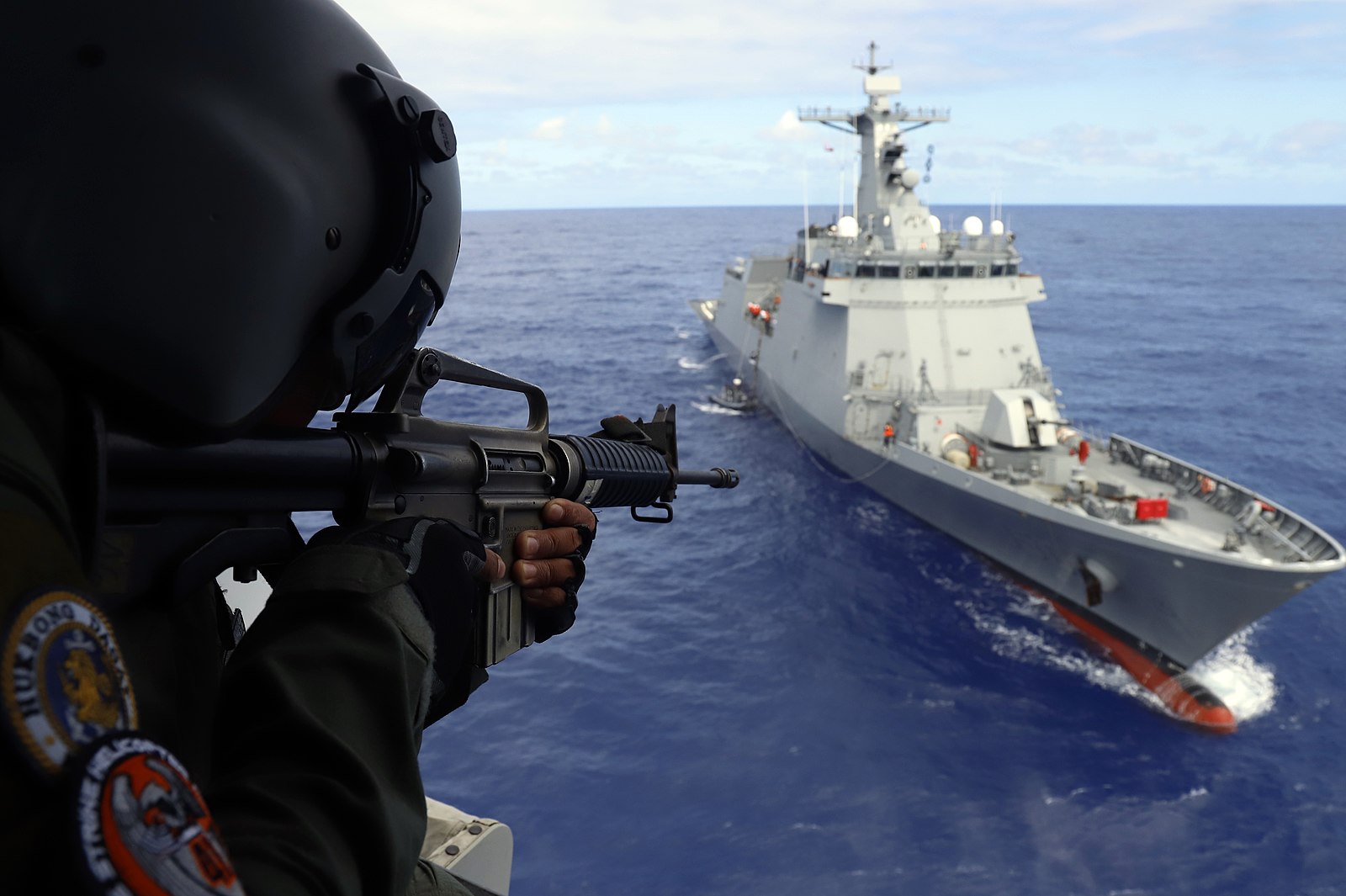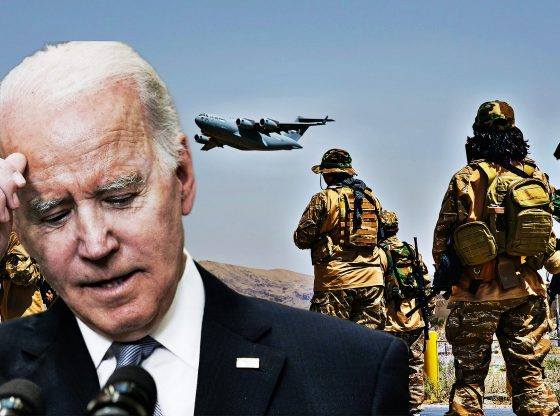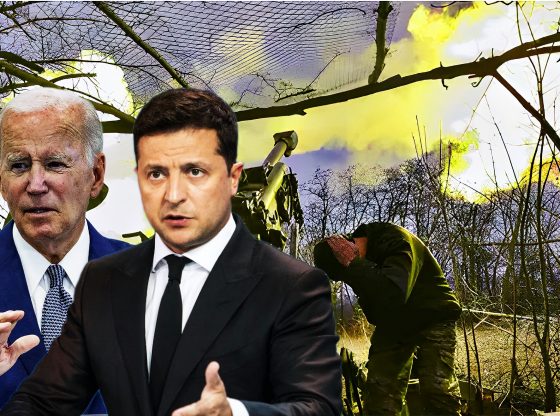Last week began the latest iteration of the U.S.-led, biennial Rim of the Pacific (RIMPAC) exercises – the largest international maritime warfare exercise in the world. RIMPAC 2020, which is being held near Hawaii, while still huge, will be much smaller and shorter due to the COVID pandemic.
As reported by The National Interest Blog – “The normally six-week-long exercise has been cut by two-thirds to two weeks and will be a maritime-only exercise to limit exposure both to participant soldiers and sailors as well as the people of Hawaii.” Originally, notes USNI News, “RIMPAC 2020 had planned to include up to 30 countries, more than 50 ships and submarines, more than 200 aircraft, and 25,000 personnel – 4,000 of those ashore for operations and support functions.”
However, only a third of the expected countries and a fifth of the expected personnel are joining. Originally scheduled to be one of the largest RIMPACs in history, it is now one of the smallest RIMPACs.
Still, notes the U.S. Navy statement, even at reduced scale it remains the world’s largest and most significant maritime operation: “Ten nations, 22 surface ships, one submarine, multiple aircraft, and approximately 5,300 personnel will participate in an at-sea-only iteration of the biennial Rim of the Pacific (RIMPAC) exercise scheduled Aug.17-31, in the waters around the Hawaiian Islands.”
U.S. 3rd Fleet Commander Vice Adm. Scott Conn, said in a pre-recorded RIMPAC 2020 kickoff message, reported by USNI News:
The flags you see behind me represent a formidable team of 10 navies from Australia, Brunei, Canada, France, Japan, New Zealand, Republic of Korea, Republic of the Philippines, Singapore, and the United States, all of whom will spend the next two weeks training through a series of events designed to improve our ability to operate together. This year we will focus solely on warfighting in the maritime domain, to include anti-surface and anti-submarine warfare, maritime interdiction operations, and robust live-fire events.
Although the Indian military will participate in RIMPAC 2020, reported American Military News, it appears that unlike prior RIMPAC exercise, this year India’s participation will be limited to “naval aircraft like P-8i Poseidon maritime reconnaissance aircraft operated by the Indian Navy.”
The first RIMPAC exercise was held in 1971 and since then has expanded dramatically to include several countries located in, or somehow related to, the Pacific region. They now occur every two years.
Surprisingly, despite the tension in the South China Sea due to China’s belligerent expansion and militarization of islands in the area, the Obama administration invited China to join RIMPAC in 2014 and 2016. And the Chinese People’s Liberation Army Navy (PLAN) China did participate.
In 2014, their naval presence was the second largest after the U.S. In 2018, the Trump administration disinvited the Chinese due to China’s militarization of the South China Sea. This time around, the Trump administration did not extend an invitation to China at all, even prior to COVID.
Caleb Larson in The National Interest notes that some experts argue that this is a mistake since international exercises like RIMPAC “allows the United States to observe the dynamics between Chinese officers and sailors, a key metric of battlefield effectiveness.” This is a good argument.
However, as Larson also notes, the intelligence benefit to China probably outweighs any benefit to the U.S. “During the 2014 exercises, Beijing slipped a secret participant in along with the four ships that were supposed to participate in the exercise. Along with a hospital ship, a frigate, supply ship, and a destroyer, China also sent an electronic surveillance ship to the exercise.”
The Chinese spy ship was a Dongdiao-class auxiliary general intelligence (AGI) vessel, one of the PLAN’s three most advanced spy ships. It was used to “gather electronic and communication information from nearby ships and aircraft, as well as the land-based military facilities that blanket Hawaii.”
Regardless of what happens with future RIMPACs and China, it is probably best if the U.S. ensures no PLAN spy ships are part of the mix.
Advertisement
Send the Next GOP SUPERSTAR Kim Klacik to Congress [ACT NOW]
















How fast can 10 nations respond to an attack? Not very fast!
There has to be a 10 nation multi-national fleet established and on patrol 24/7/365 to be effective. Ships rotate in and out as required but the fleet is never disbanded.
Better Get’r Done.
Paul Crespo, great reporting, you are great at your task?
My best wishes.
Obozo was like fried chicken to the Chinese government, a typical DEMON-CRAP !!
Isn’t it just like the Chinese to try to put one over on us by slipping in that spy ship. And people want to believe they are our friends. Friends don’t do that. Another loss of face for the Chinese.